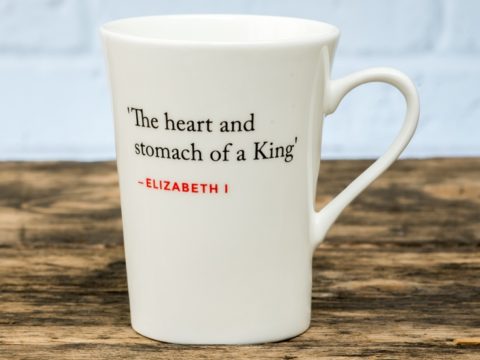Lambert Simnel Revolt
Chapter 2 : Emergence of Simnel
Lambert Simnel was the son of an organist or possibly a joiner or a baker of Oxford. His school master, a priest named Richard or possibly William, Symonds, took him to Ireland where he was presented as Edward, Earl of Warwick, according to Polydore Vergil, the historian of Henry VII’s reign. Sir Francis Bacon, one hundred years later, wrote that Simnel had first been presented as Edward IV’s younger son, Richard, Duke of York. Such a change of tack would immediately suggest that the whole scheme was a plot and may be a confusion on Bacon’s part.
At some point, the plotters had contacted the Earl of Lincoln, and Francis, Viscount Lovell, a close friend of Richard III. They rapidly involved themselves in the scheme – presumably, with a view to Lincoln actually taking power – quite what they intended to do with Simnel has never been explained. Lovell was already in Burgundy, following a previous attempt at rebellion, and Lincoln joined him there.
Whilst there is no certainty as to who Simnel purported to be whilst he was in Ireland, we can infer, from the use of the name Edward, and that once he had arrived in England, letters were sent to York from ‘Edward VI’ that he did claim to be Warwick. Thus Henry VII’s reaction to the claim by bringing the real Earl of Warwick out of the Tower and parading him through the streets of London is logical.
It has been stated, both at the time and in modern biographies, that Henry suspected his mother-in-law of involvement and that this this was the reason her dower lands were taken from her and settled on her daughter; although other historians believe it was her own choice to retire to a convent, and that she was still treated well by Henry thereafter.
Proponents of the theory of Elizabeth Woodville’s involvement have never explained why she would favour the son of Clarence, whom she had hated, over her own daughter and grandson, Prince Arthur, to whom she was also god-mother. The blanket excuse that she was a meddler or a trouble-maker does not seem that satisfactory, nor does the theory that she was unwelcome as a reminder of the heyday of the House of York, as Henry’s whole political plan had been to promulgate the union of himself and Elizabeth of York as a new future for both houses.
The only logical inference we can make for Elizabeth Woodville to have any involvement in a rebellion is that she believed that Simnel was actually one of her sons. But since he referred to himself as Edward VI, he was not claiming to be her older son, and, if he were claiming to be her younger son, he would have called himself Richard IV. It therefore seems more probable that the bestowing of the Dowager Queen’s property on her daughter had other causes.
Dowager Duchess Margaret raised between 1,500 and 2,000 troops in support of the planned coup, under a captain named Martin Schwartz. Lincoln, Lovell and Schwartz arrived in Dublin in May, just before Simnel was crowned as King Edward VI at Christ Church, Dublin on 24th May 1487. Ten days later, the rebels landed at Furness in Lancashire, crossed the Pennines and marched south.
Meanwhile, Henry had propitiated heaven by a quick trip to the shrine of the Virgin at Walsingham in Norfolk, before heading to Kenilworth Castle – a convenient central location for him to wait to be informed of the rebels’ path. His wife and son joined him there.
Whilst some Yorkists had joined Lincoln, including Sir Thomas Broughton, a leading Yorkist, and his force eventually numbered some 6,000, Henry probably had about double the numbers of men – many supplied by his step-father, Thomas Stanley, Earl of Derby. His commanders were his uncle, Jasper, Duke of Bedford, and the Earl of Oxford who had presided over the victory at Bosworth. The two sides met near East Stoke, in Nottinghamshire on 16th June.
The battle was fierce – lasting some three hours, but Henry was victorious. Lincoln was killed, Lovell disappeared, and Simnel was captured. The Irish troops, who had no armour, suffered badly, and several thousand died on both sides.
